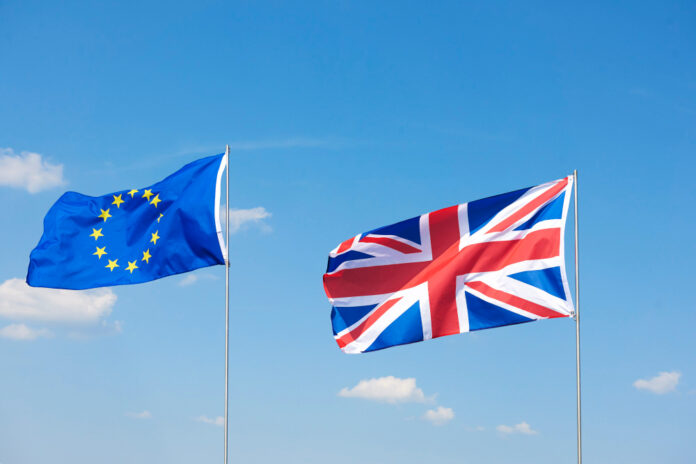An internal review calls for a strategic overhaul of the EU’s global gateway initiative, targeting key regions to counter China’s growing global influence.
As the European Union (EU) grapples with expanding its influence on the global stage, an internal briefing document has revealed significant concerns about the effectiveness of its €300 billion Global Gateway plan. Designed to counter China’s Belt and Road Initiative, the EU strategy aims to deepen international partnerships, particularly with developing countries, by funding infrastructure and development projects.
The document, examined by POLITICO, criticizes the EU’s current approach as overly dispersed, urging a more concentrated effort in strategic geographic “corridors” to maximize the impact of investments. These corridors, including key regions like the Copperbelt in Zambia and the Democratic Republic of Congo, are rich in essential minerals such as copper and cobalt. The EU aims to leverage these areas to build comprehensive infrastructure, including energy, transport, and digital networks.
Embed from Getty ImagesChina’s Belt and Road Initiative, active since 2013, has significantly outpaced EU efforts by forging strong ties with over 140 countries through extensive funding for ports, roads, rail systems, and more. In contrast, the EU’s initiative, formally launched last year, has struggled to achieve its intended scale and impact.
Recognizing the shortcomings, the European Commission’s Directorate-General for International Partnerships calls for a strategic refocus. The next phase of investments decided after the upcoming European Parliament elections and the appointment of a new Commission, should prioritize projects that can demonstrably showcase the EU’s capacity to deliver tangible benefits.
The briefing points to successful precedents, such as the Lobito Corridor project, which connects the mining regions of Zambia and the DRC to the port of Lobito in Angola, facilitating the export of minerals and enhancing regional economic connectivity. Additionally, the EU is looking to strengthen ties with Central Asia, aiming to develop the Trans-Caspian Corridor, which would bypass Russia and increase engagement with resource-rich countries like Uzbekistan.
With the financial frameworks already established through agreements with entities like the African Investment Bank, and strategic partnerships in raw materials with the DRC and Zambia, the EU is positioning itself as a key player in global resource markets.
However, the document also underscores challenges in coordination and strategic alignment, both within the EU’s bureaucracy and among member states. The fragmented approach has hindered the program’s effectiveness, necessitating a more unified and targeted strategy moving forward.
As global dynamics evolve, the EU’s ability to adapt its strategies and consolidate its investments will be crucial in competing with major powers like China and the United States. The Global Gateway initiative, with its focus on infrastructure and sustainable development, represents a pivotal element of the EU’s foreign policy and economic diplomacy efforts.
